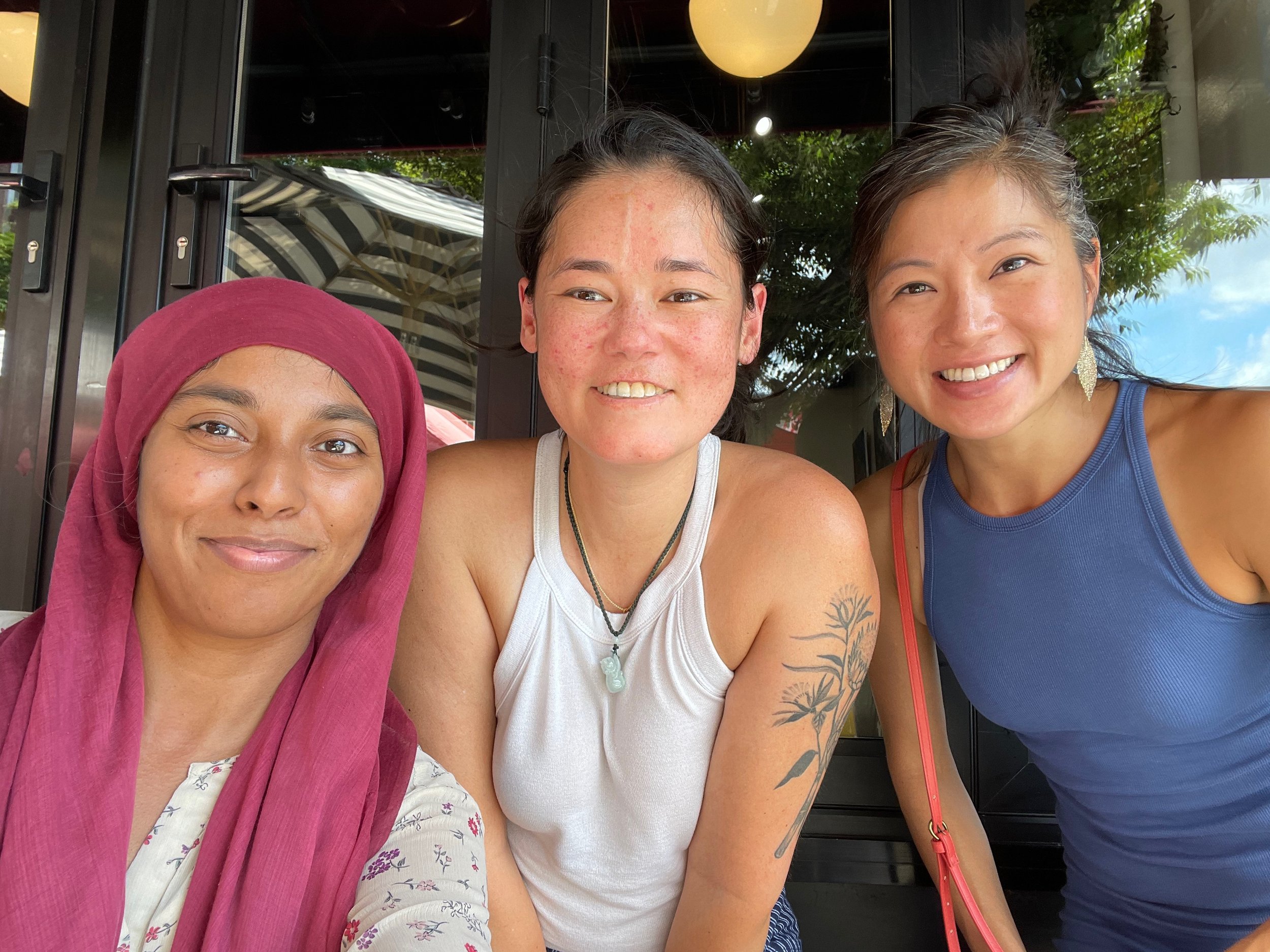In the past three years, I have driven across the continent five times, visited cities and states I’ve never seen before, met with dozens of organizations around the country, and learned so much about incredible and diverse AANHPI communities fighting systemic violence and racism. During the ongoing pandemic, at a time when so many people were canceling conferences and everything was taking place over Zoom, my role as Director of Programs at New Breath Foundation (NBF) allowed me to get to know our grantees on their home turf.
Funders can gain so much from taking the time, energy, and resources to meet with grantees. Many of us working in the philanthropy sector know of its problematic history and the power dynamic within the funder-grantee relationship that can often lead to mistrust. If you are able to visit grantees—particularly in locations you may not know well—the relationship and trust-building value is immeasurable. And not everybody has to do it the way I did (spending weeks on the road)! For funders interested in making grantee visits as accessible and as valuable as possible, here are my top five tips, from lessons I learned along the way:
Tip #1: Clearly define what a “site visit” means
First and foremost, what even is a site visit? So many of us funders do things that we’re taught to do because it’s “expected,” without clarifying our own assumptions or communicating our intentions. As a funder, consider what you hope to get out of your visit, communicate that to grantees, and use language thoughtfully. Refer to this list of questions from Firelight when thinking through this plan.
Once, during an NBF staff retreat, we asked a grantee partner if they would be open to hosting our team for a site visit. I expected an informal visit to check out their office and program space, a chance to have conversations about their needs, and an opportunity to thank them for their work. But when we arrived, we had a whole conference room set up for us, with food that the grantee had arranged for their community members to prepare for us. While we appreciated the lengths that they had gone to, it was much more formal than we intended. Afterward, one of our hosts told us she had been incredibly nervous leading up to the site visit. I realized then what had happened—we had not clearly communicated our intent or our assumptions and had used the shorthand “site visit.” Based on interactions with other funders, our grantee had gone above and beyond for us when what we had really hoped was to just meet them where they were at on a normal day.
That example has helped me frame how I engage with grantees. I often don’t use the word “site visit” anymore to describe meetings with grantees—instead, I ask if we can meet up. Because of the way that NBF does our grantmaking—trust-based, relational, with minimal tracking and reporting requirements—we are not there to evaluate a grantee’s performance, or to ask them to perform for us. We are there to try to build a relationship on as much of a level field as possible.
How to go the extra mile: Ask your grantees what a “site visit” means to them. If you have a trusting relationship already, ask what their best (and maybe worst) site visit experiences have been like; learn and shape your visits accordingly.
Tip #2: Make visits invitation-based, not mandatory
Our grants are no-strings-attached general operating support. At NBF, we embrace a radical vision of grantmaking where our grantees submit a simplified and standardized proposal through the JustFund common application and aren’t required to submit reports or track expenditures. We do this because we know these organizations well and build meaningful, trusting relationships with them. But regardless of how much we feel we are peers, there’s always a power dynamic between grantees and funders. The “monitoring” aspect of site visits can feel, well, icky. With our grantees, many of whom come from direct experiences of incarceration and detention, this can feel eerily similar to being locked up and scrutinized. As this helpful resource from Teen Philanthropy Cafe shares, site visits should be conversations, not inspections.
Since I started at NBF, I’ve tried to meet with folks in every city where we have grantees, and it hasn’t always worked out. We never count it against an organization if they are unable to meet. Many organizations are volunteer-based; folks have other responsibilities, including jobs, classes, and families; and sometimes travel schedules don’t align, or people get sick. We want grantees to be able to focus on their top priority—the everyday life-saving work they do.
How to go the extra mile: Pay an organization to send a representative to meet you—and put them up!
Tip #3: Make accessibility—and COVID safety—a priority
I should mention—I didn’t, and still don’t, take travel lightly. On a personal level, I’m still one of the most cautious people I know when it comes to COVID-19. I only eat outdoors with people who don’t share my household, mask whenever I am indoors, avoid crowded events, and test regularly. On a professional level, I ask the same of the people I work with and who care about me. This is not only because I want to protect myself but because, in a position of power as a funder, I know that my actions have an impact on grantees.
We already know that the communities we fund—communities of color, working-class folks, and multiply-marginalized people—are some of the most impacted when it comes to COVID-19 deaths, hospitalizations, and disabilities. Many community organizers, who are also “essential workers,” aren’t able to work remotely. Out of respect for them and the risks they have to take every day, whether they are criminalized sex workers, formerly or currently incarcerated refugees, or elders and youth, it only makes sense to take responsible measures to consider accessibility and safety when meeting with grantees.
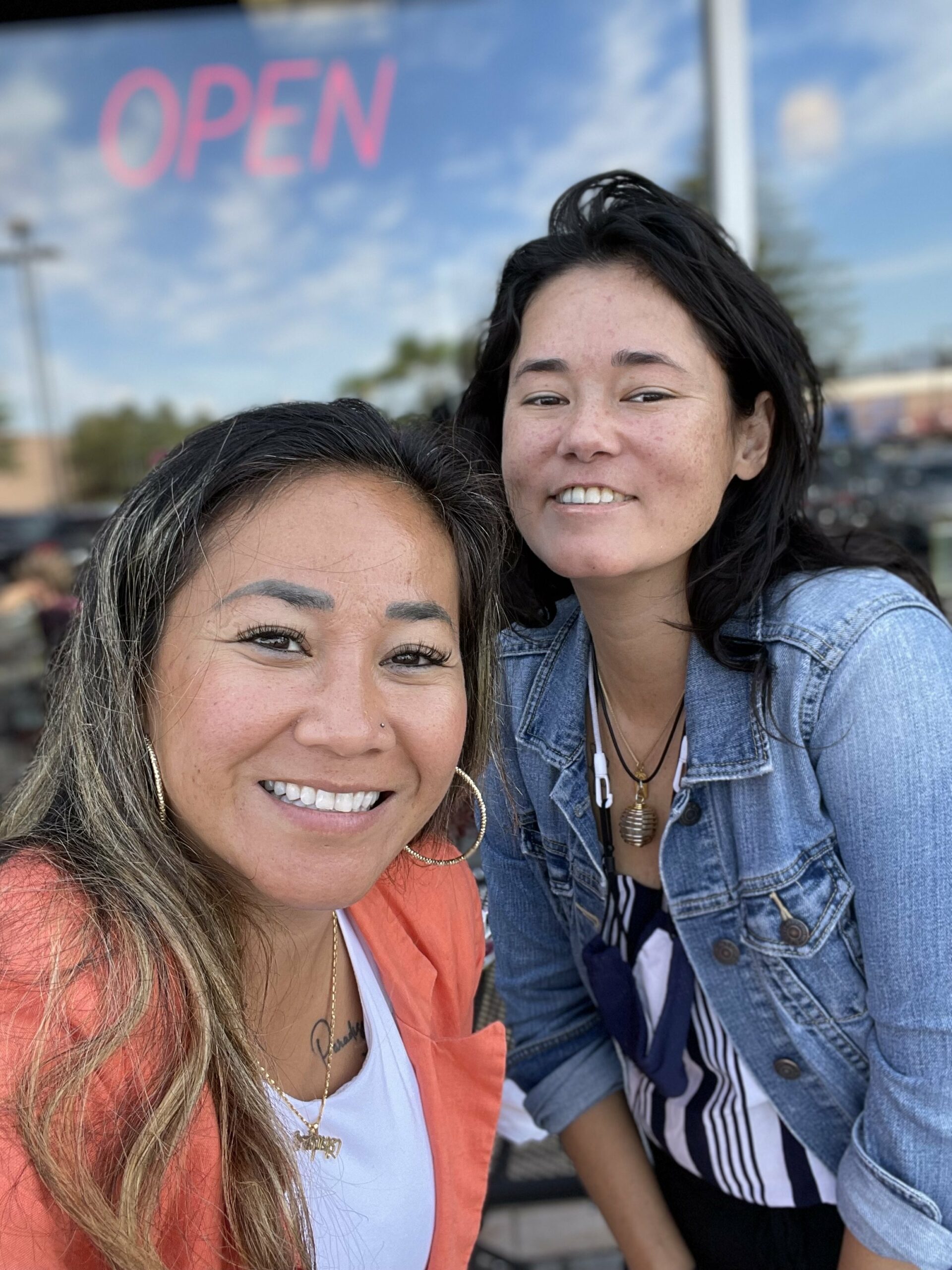
As for accessibility, ask what your grantees need ahead of time. Invite them to share their access needs for mobility, diet, language interpretation, or anything else; share your own; and ask how you can help plan a meeting that meets everyone’s needs.
How to go the extra mile: Plan accessibility into your budget. Make sure you’re accounting for needs that might come up, such as interpretation, care staff, testing and COVID safety supplies, and accessible venues for meetings.
Tip #4: Plan ahead and have a small footprint
Some of my most valuable visits with grantees involved attending their public programs, which gave me a sense of how grantees engage with their constituents and the public. Visits like these also take the burden off of busy organizations to schedule extra time for you (or feel like they have to create a special event in your honor). Be willing to meet outside of “regular work hours”; for many organizers, evenings and weekends might be the best times for them. As this post from Hirsch Philanthropy says, “these are not site visits, but experiences that build deeper understanding and relationships.”
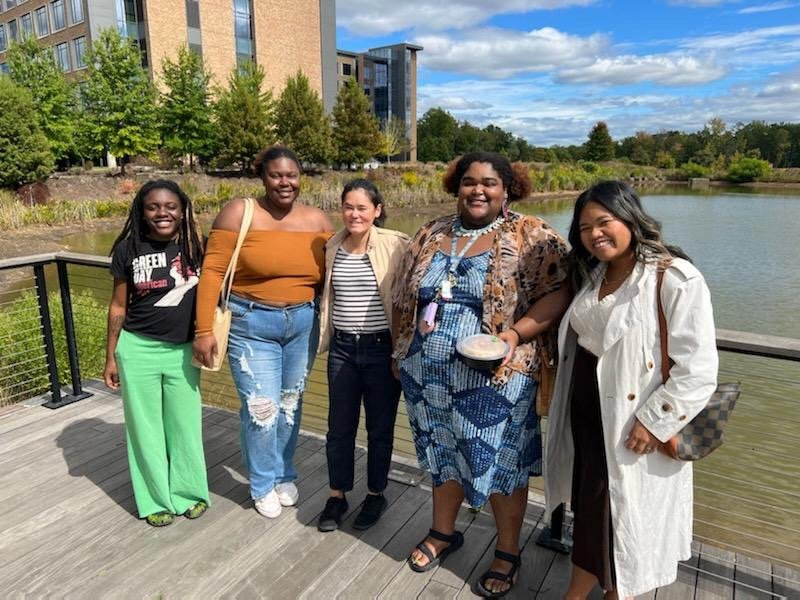
If you can’t line up your visit with a public program, invite grantees to meet over a meal—or a coffee, if lunch meetings are prohibitive for their schedules. Ask them what their favorite local restaurants are. Offering this option can also take the pressure off of them to feel like they have to “dress up” their work place—especially for grantees that don’t have one. For example, in Charlotte NC, I met with representatives from our grantee SEAC Village, whose work puts solidarity into action around Black and Southeast Asian issues in their region. They were in the middle of a big transition between their old office, which had recently been displaced due to development, and their new hub (which has since opened!). Instead, I met with their collective leadership team over lunch in what began the start of some meaningful relationship building.
How to go the extra mile: Don’t just meet with executive staff—invite the frontline team out! It’s a way to learn more about the programs from all directions, and gives them a valuable opportunity to connect with a funder.
Tip #5: Learn about context and community
As funders, it’s important for us to learn as much as we can about communities around the country where we fund organizations. Over the course of many visits I’ve made, I’ve learned that the context of place is a huge factor in the work that our grantees do. This summer, I met with organizers from the Massage Parlor Outreach Project (MPOP) and toured their new worker center in the International District of Seattle’s Chinatown. Afterwards, I spent a few hours walking around Chinatown to get a better sense of the area. I visited the local Wing Luke Museum to understand more about the history of the region. These visits allowed me to not only make sense of the site and organization’s priorities, but learn about the unique conditions they are organizing in.
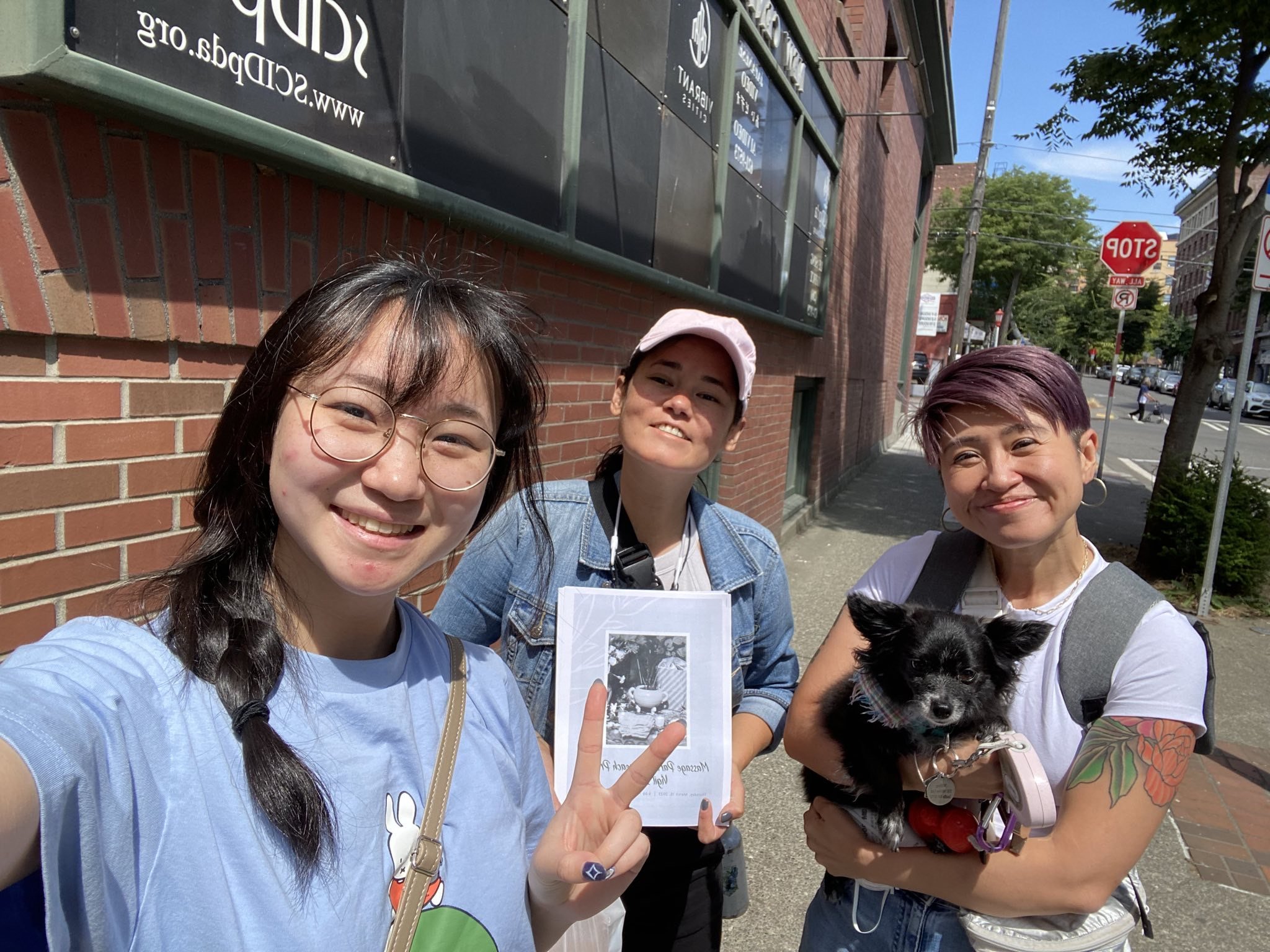
While in LA, I dropped in at the Chinatown LA office of API RISE and walked around the area as well, in order to better understand the context of residents’ and organizations’ fight against displacement and gentrification. I also made a trip to Monterey Park to see API RISE at the spring Cherry Blossom Festival. The festival was just a few blocks away from the Star Ballroom Dance Studio, where a shooting during the Lunar New Year festival earlier this year reverberated throughout the country. This visit made an important connection for me between the legacy of war and trauma, gender-based and intimate partner violence, and community violence. Because of this context, I understand the importance of their work in a deeper way.
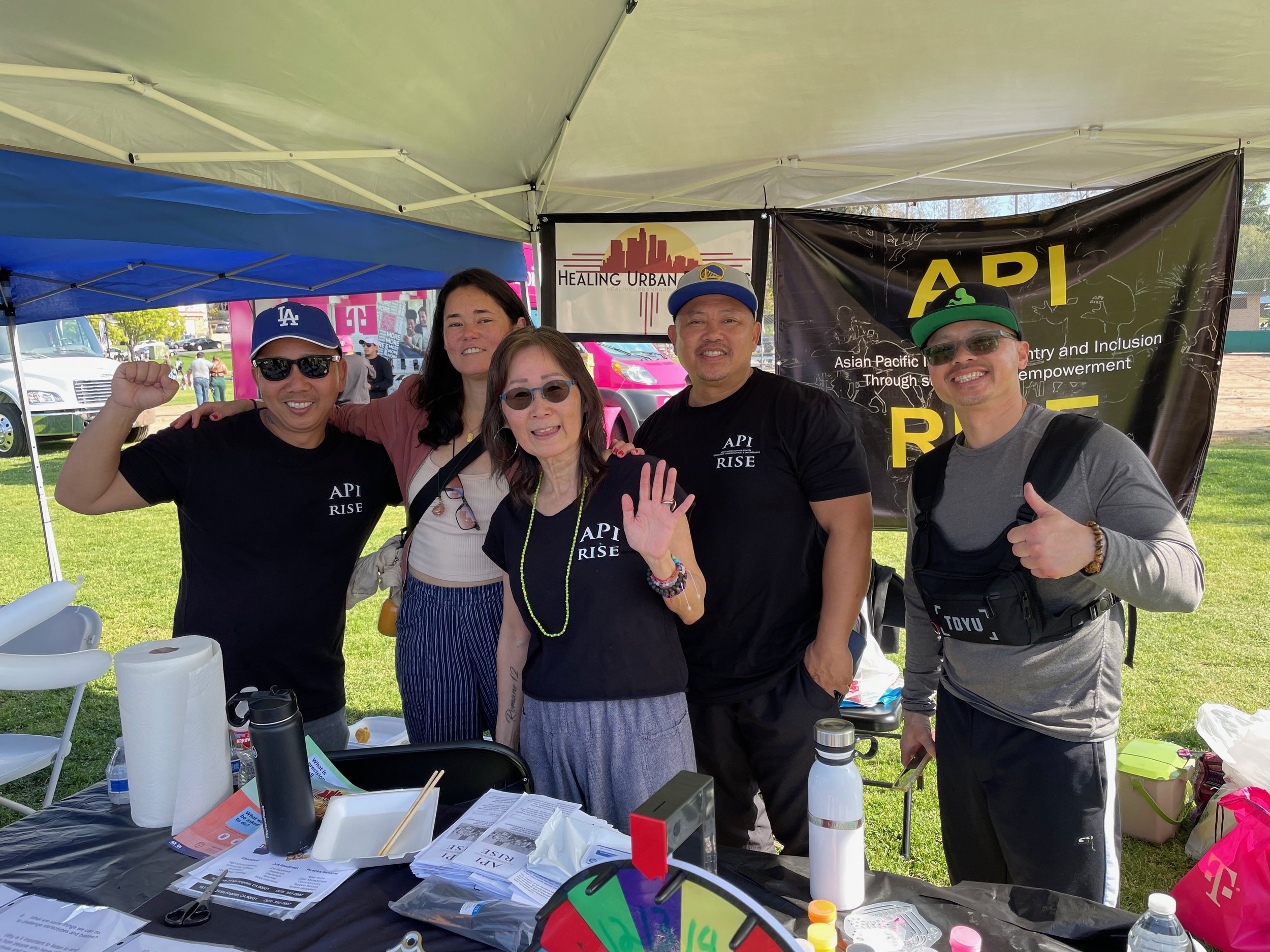
Now, I live between Oakland, CA, and Philadelphia, PA. I’m dedicated to using my new bicoastal status to ensure communities in different parts of the country are represented in our programs and that we listen, learn, and adjust our priorities, goals, and strategies to be realistic and responsive to how organizers and communities operate.
How to go the extra mile: Ask your grantees who are the top 1-3 people you should talk to to learn more about the communities they come from. Invite those folks to coffee and see what comes up.
—
Of course, these tips are not one-size-fits-all recommendations. The best rule of thumb is to ask. The number one job of our grantees is to do the work they are doing. Our number one priority is to make that easier for them. If dropping everything because a funder wants to stop by won’t help with that, don’t impose! Always let the grantee know that it is truly okay to wait until a better time. This flexibility and communication will go a long way in building trust, which is the whole purpose of visiting grantees in the first place.
Claudia Leung (she/they) is a queer, disabled, mixed-race second-generation Chinese American who lives between Philadelphia, PA and Oakland, CA. In her life, Claudia has served the social justice movement as an intermediary and government grantmaker, a strategic communications expert and coach, a fundraiser, and an organizer. Claudia has consistently focused on centering marginalized communities to effect intersectional cultural and social change.
